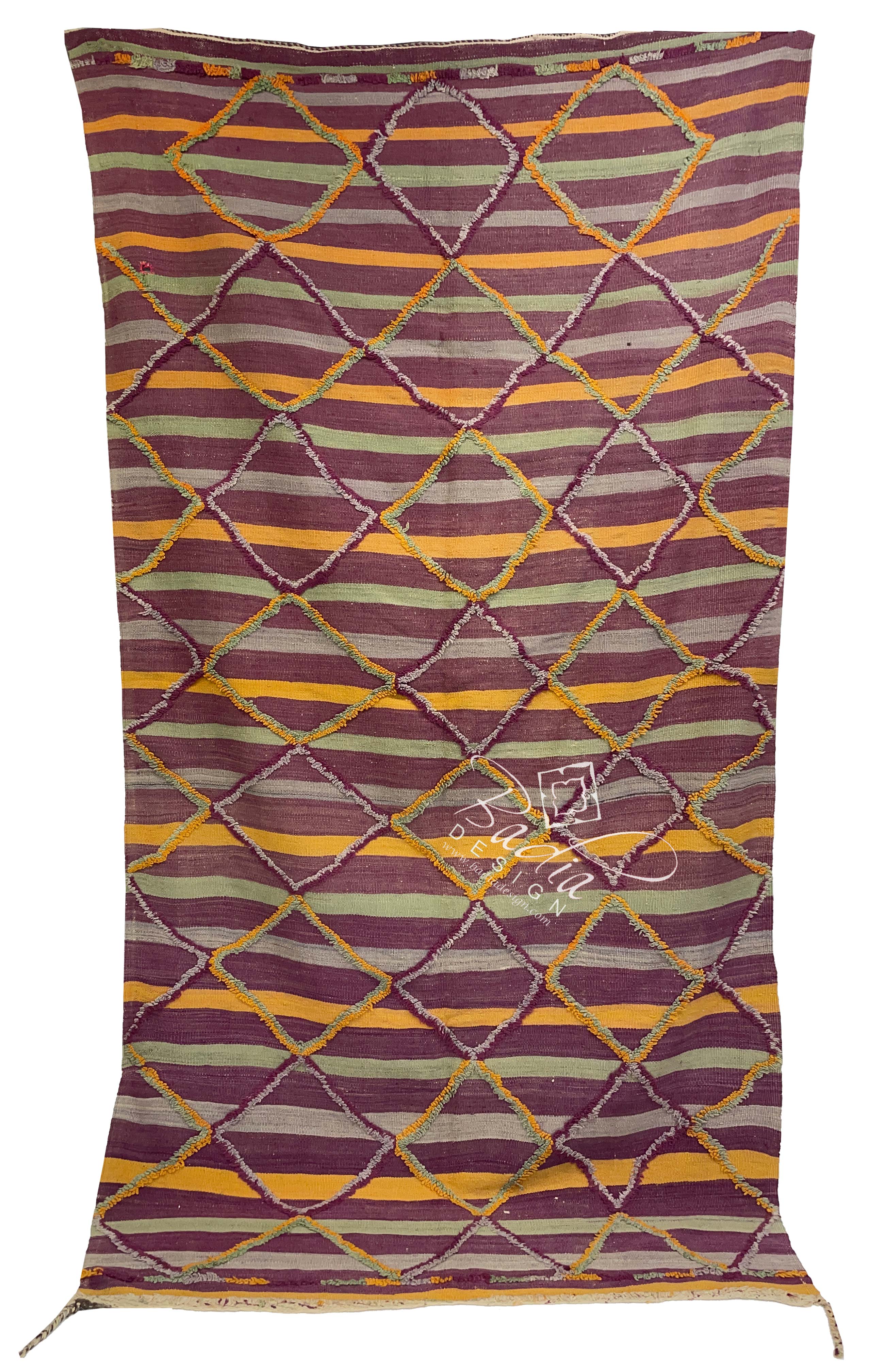Moroccan Tribal Rugs
Moroccan Tribal Rugs
Blog Article
Moroccan Berber Rugs: A Blend of History, Craftsmanship, and Timeless Style
Moroccan Berber Rugs have captivated homeowners and businesses worldwide with their storied past, meticulous artistry, and incomparable adaptability. Whether you are furnishing a comfortable living room, a chic office space, or a upscale resort, these rugs go beyond practicality to become cultural and artistic masterpieces. In this article, we’ll explore the rich origins of Moroccan Berber rugs, the meticulous craftsmanship behind their creation, their exceptional longevity, and creative ways to incorporate them into today’s interiors.
These rugs originated with the ancient Berber people of North Africa, dating back thousands of years. The Berbers, with their deeply rooted traditions, crafted unique weaving methods to meet the demands of their migratory way of life and diverse climates.
Each Berber rug tells a story, often woven into the fabric that reflect the heritage of its creators. These symbols frequently represent themes of safety, growth, or nature, making each rug a highly meaningful creation. Historically, these rugs were made for practical use, offering warmth in the cold Atlas Mountains or serving as bedding in arid environments.
In the mid-20th century, Moroccan Berber rugs gained international acclaim when renowned visionaries like Le Corbusier and Frank Lloyd Wright began incorporating them into their architectural masterpieces. Now, these rugs are highly sought after for their elegance and rich tradition.
The production of Moroccan Berber rugs is an intricate process handed down through generations. This craftsmanship embodies a deep connection to heritage and creativity.
These rugs are made from materials like wool, camel hair, and cotton, valued for their durability and softness. Wool is especially prized for its luxurious feel, durability, and ability to retain warmth. Artisans often hand-spin the wool, giving each rug a unique look and feel.
Berber rugs are handwoven on classic frames, a process that can take extensive Moroccan Rug Store Los Angeles time depending on the size and complexity of the design. The knots—whether Beni Ourain’s soft, flowing look or the tighter weave of Azilal rugs—shape its beauty and resilience.
Artisans rely on natural dyes from the environment to produce the vivid tones seen in Berber rugs. Neutral shades dominate Beni Ourain designs, while brighter Azilal and Boucherouite pieces feature striking colors like red, blue, and yellow.
The longevity of these rugs is one of their biggest strengths. As a result, they’re an excellent fit for homes and work environments.
Berber rugs owe their longevity to the high-grade nature of their natural fibers. Wool’s natural flexibility and resistance to stains make it a ideal choice for lasting rugs.
Cleaning and maintaining a Moroccan Berber rug is relatively simple. Regular vacuuming, spot cleaning with mild detergent, and occasional professional cleaning will keep them looking pristine for years.
Styling Moroccan Berber Rugs in Contemporary Interiors
Incorporating Moroccan Berber rugs into contemporary interiors is easier than you might think. Their versatile designs and textures can complement a wide range of styles, from minimalist to bohemian.
1. Anchor a Living Room
Use a large Beni Ourain rug as the centerpiece of your living room. The rug’s muted tones and clean lines bring cohesion to the space and exude coziness.
2. Add Color to Neutral Spaces
In minimalist or neutral spaces, a colorful Azilal or Boucherouite rug can add a bold, eye-catching accent. These rugs work particularly well in neutral-toned rooms, where they serve as a focal point.
3. Layer Rugs for Texture
To create a warm, layered look, place a smaller Berber rug atop a larger rug made from natural fibers like jute or sisal. This combination not only adds depth and texture but also highlights the intricate details of the Berber design.
4. Elevate the Look of Offices and Workspaces
Moroccan Berber rugs are perfect for adding elegance and warmth to professional spaces, including offices and lounges. Their handmade quality conveys a sense of luxury and authenticity.
5. Display Moroccan Berber Rugs as Decorative Art
Some Moroccan Berber rugs are so visually stunning that they deserve to be displayed as art. Hanging a rug on the wall can add a unique touch to your home or business, showcasing the craftsmanship and cultural heritage of the piece.
Reasons to Invest in Moroccan Berber Rugs
For both homeowners and businesses, Moroccan Berber rugs represent a blend of practicality, aesthetics, and cultural significance. These rugs are built to last, and their classic designs remain relevant despite evolving decor trends.
Eco-Friendly and Ethical Craftsmanship
Many Berber rugs are crafted using eco-friendly and sustainable practices. Purchasing these rugs helps preserve artisan traditions while enriching your decor with sustainable beauty.
The Appreciating Worth of Moroccan Berber Rugs
Authentic Moroccan Berber rugs often appreciate in value over time, especially vintage or rare pieces. These rugs serve as both decorative items and investment-worthy collectibles.
 Report this page
Report this page